‘Founder effect’ may have fueled fragile X cluster in Colombian town
A semirural Colombian town called Ricaurte is home to the largest recorded genetic cluster of people with mutations linked to fragile X syndrome.

A semirural Colombian town called Ricaurte is home to the largest recorded genetic cluster of people with mutations linked to fragile X syndrome.
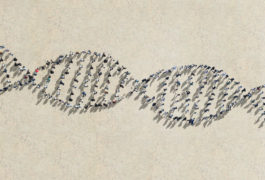
Existing genome scans do not detect many of the DNA variants that underlie behavioral problems.
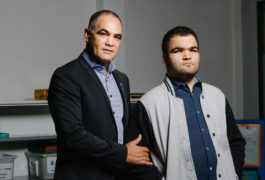
After lagging behind other countries for decades, France is working on a new national plan for autism.
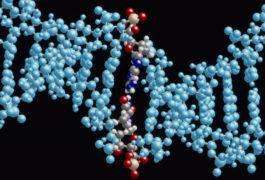
Two new methods allow scientists to swap single bases in DNA or RNA sequences.
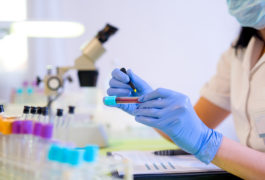
More than 5 percent of mutations thought to have arisen spontaneously in a child with autism may in fact be inherited.
A cannabis gel may ease features of fragile X syndrome, omega fatty acids show promise for autism in two trials, and oxytocin reinforces social behaviors through the brain’s reward pathway.

Mutations that appear in only some of the body’s cells contribute to autism in about 4 percent of people with the condition.
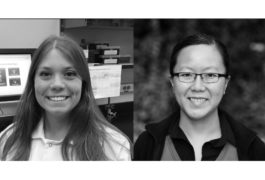
Watch the complete replay of this journal club, which featured two papers on mosaic mutations in autism.
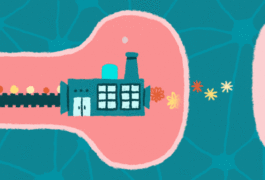
Some genes linked to autism regulate the production of proteins at neuronal junctions, suggesting that disrupted protein synthesis contributes to the condition.
People with autism aren’t easily surprised, the social camouflage some girls and women with autism use may preclude diagnosis, and autism-related genes are rooted deep in human ancestry.